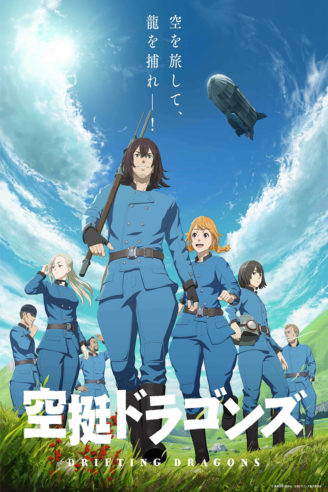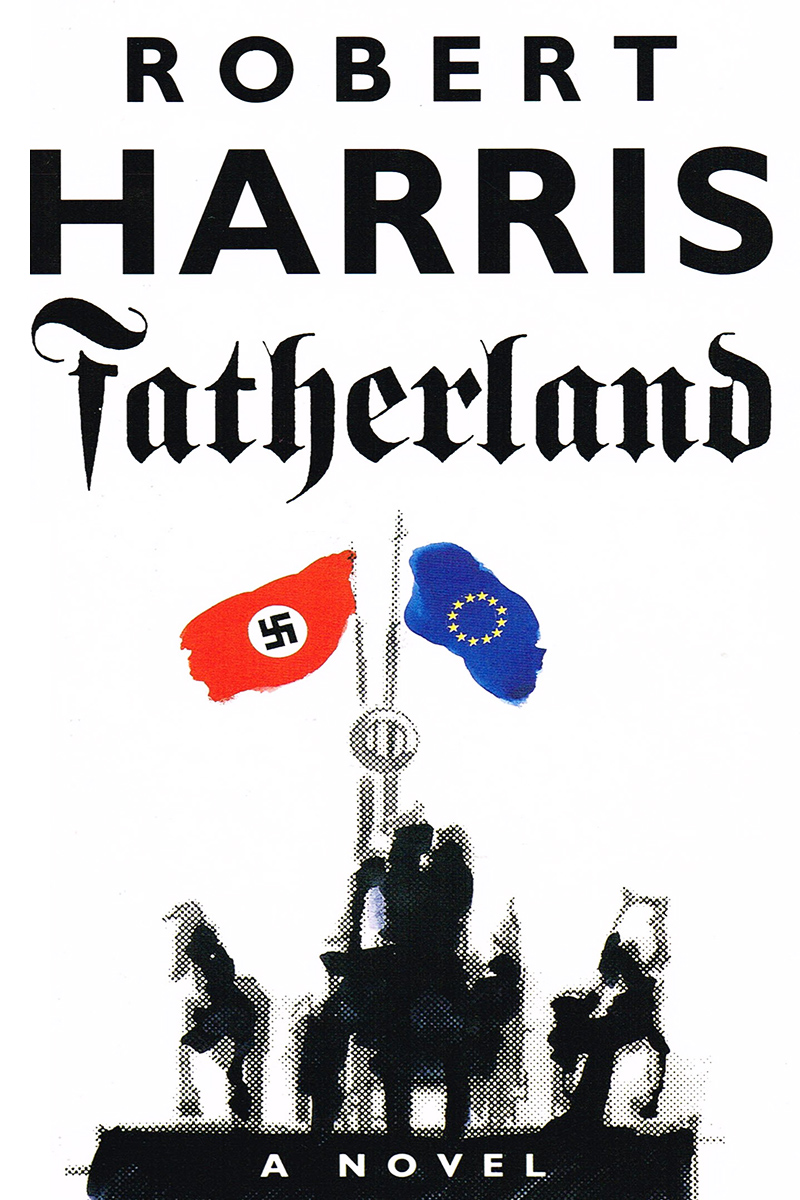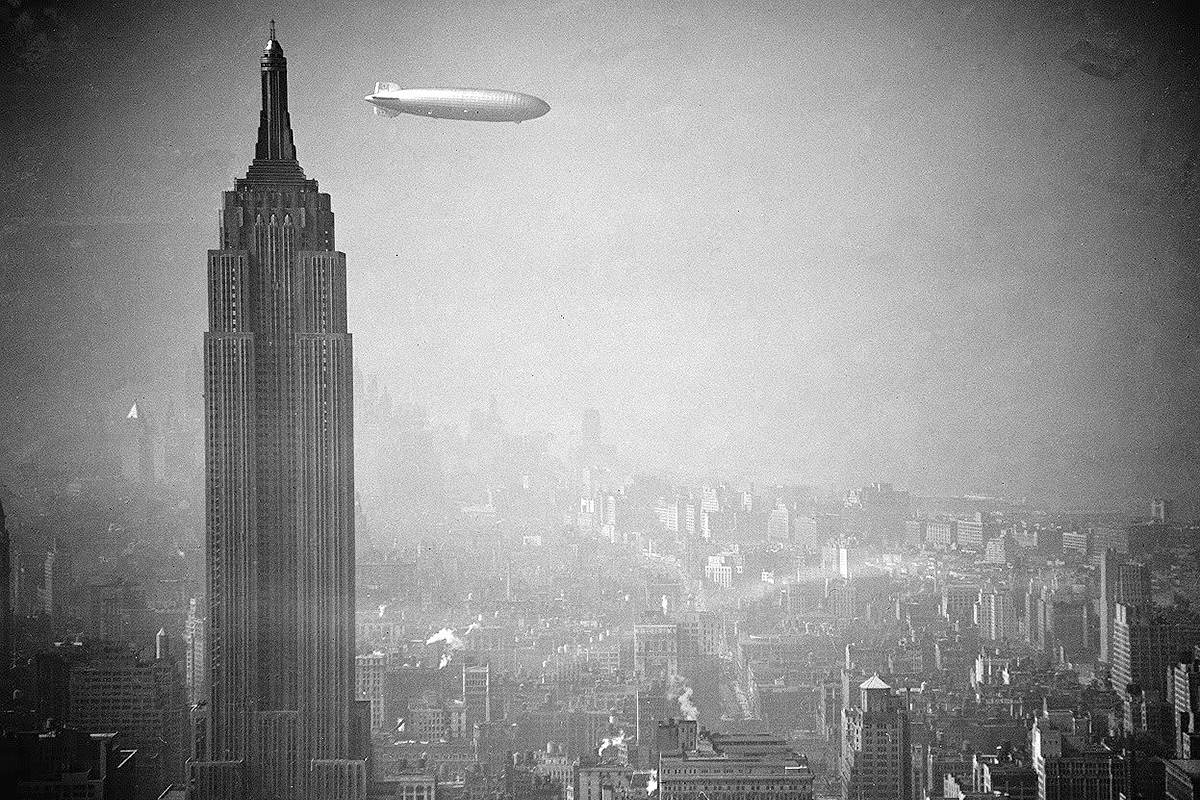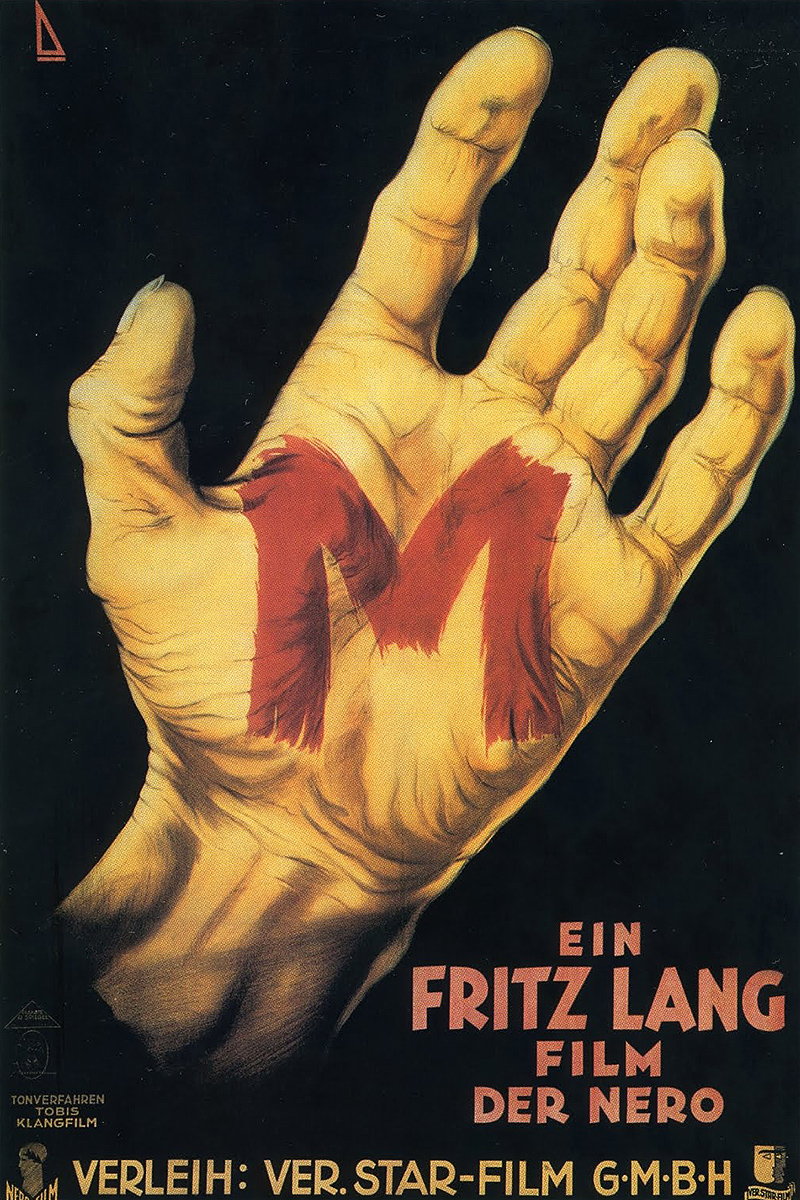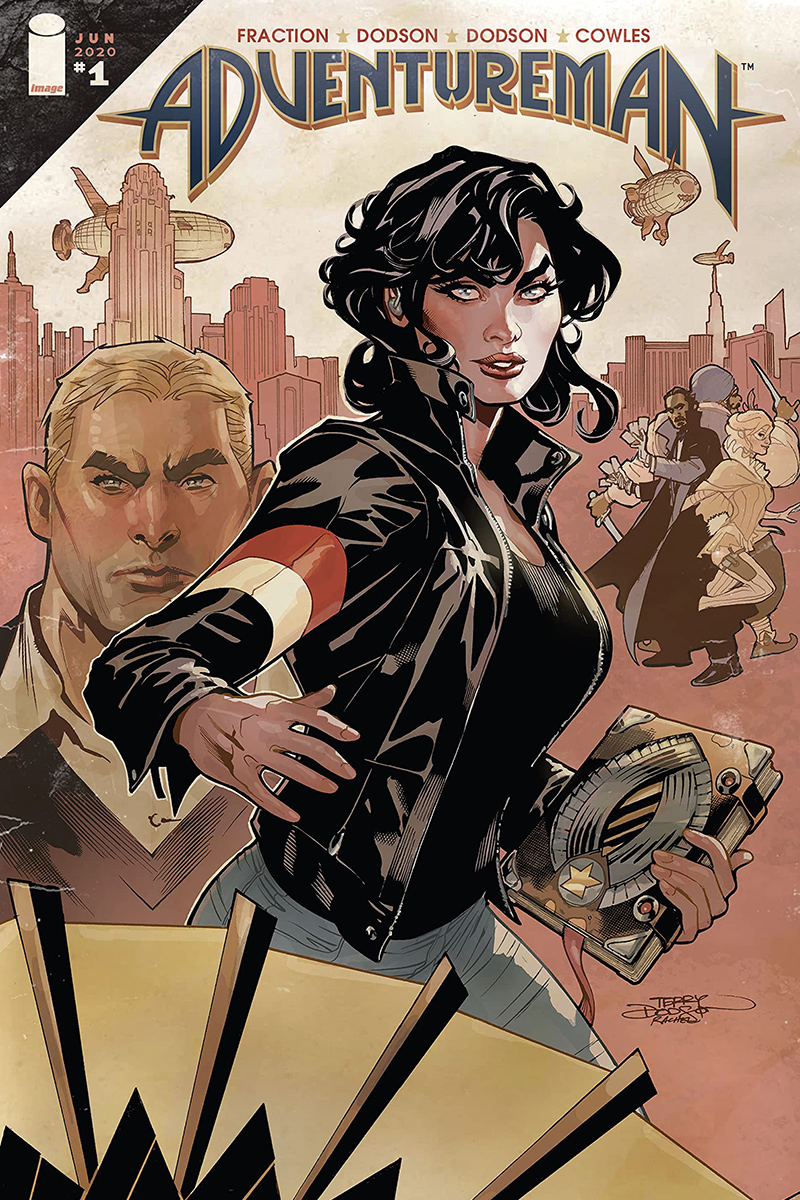I chose to watch Netflix’s Drifting Dragons practically on a whim. It had airships, and it would allow me to partially fulfill my desire to get more into anime, given how much it has influenced my social circles. I watched the whole thing in a single night, about four hours or so.
In terms of the ‘punk aspect, it is on the boundary between steam and diesel. The series is set in a fantasy world separate from our own, but the technology is familiar: you have the helium zeppelin and the small helicopter that it dispatches to fight dragons.
Given that it’s in the very title of the show, I feel I must comment on the dragons. These are not the dragons of European fairytales, nor are they the dragons of Chinese myth; these are more Lovecraftian monsters than anything else, with a sort of otherworldly horror to their design that made my skin crawl. They’re not just inhuman; they almost feel as if they were not designed by humans.
Perhaps their profoundly inhuman design makes it easier for us, as viewers, to accept the fact that these creatures are being slaughtered for food and profit. The plot revolves around the hardscrabble crew of an airship hunting dragons to remain alive in a ruthlessly capitalistic society. The immediate comparison in my mind was to whaling ships, but whales aren’t quite as violent as these dragons. The entire plot, then, becomes something of a meditation on economics and the environment, and how people simply trying to survive in a cruel world are themselves being cruel to the world that nurtures them.
The main character is herself in debt, for reasons unexplained, and the rest are, for one reason or another, in hard financial strains. Their occupation is reviled by the majority of the public they serve, putting them in the same social order as prostitutes and drug dealers. In that sense, they straddle the line between respectable and deplorable as part of a flying heterotopia. These characters, in all their foibles and hardships, will really begin to grow on you, and you’ll be sad to see them go by season’s end.
This series explores various dynamics of space in multiple dimensions. There is the juxtaposition of high-class towns versus working-class airships. There is even a class divide within the towns. But one of the more interesting ones is between artificial and natural spaces. This delineation becomes clear when a rival airship loses control of its haul and the town it has docked in suffers for it. It joins a longstanding tradition in science fiction and fantasy of human beings, in their unbridled arrogance, tampering with things they do not fully understand.
A note on one of the stranger aspects of the series: there is a lot of discussion of food throughout the twelve episodes, transforming it into almost a faux-cooking show at times. Dishes made out of dragon meat are given detailed recipes, which needless to say cannot be made in reality. This sometimes breaks the pace.
Still, Drifting Dragons is a wonderful adventure story overall, with a lot of thematic depth and a flying fin-de-siècle aesthetic I found to be quite compelling. I strongly recommend it to any steampunk/dieselpunk fan with a Netflix subscription.

